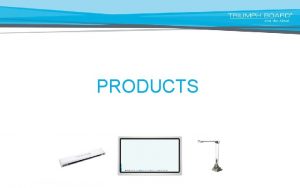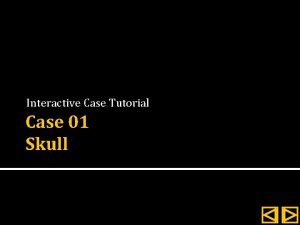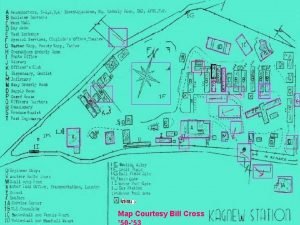Interactive case study Courtesy of Dr Maria Fleseriu














- Slides: 14

Interactive case study Courtesy of Dr. Maria Fleseriu Oregon Health and Science University, Portland, OR, USA

§ Presentation: � 27 -year-old male with seizure disorder for 10 years � 3 -year history of snoring, constant sweating, increase in shoe size aches (EU: 42 to 45), headaches and diffuse joint �Physical examination: Tall, frontal bossing, coarse facial features, teeth spacing, protruding mandible, large hands/feet �PMH: Lower lip revision and bilateral breast reduction; OSA on CPAP OSA: Obstructive Sleep Apnea CPAP: Continuous Positive Airway Pressure

§ Lab data: �IGF-I: 1250 ng/m. L (normal 115– 350) �OGTT: 75 g oral glucose

GAD-enhanced MRI

Perimetry: Bitemporal hemianopsia

Complete hormonal evaluation

Please discuss about therapeutic approach to this patient?

Ø Transsphenoidal surgery after hormonal replacement � Marked symptom improvement except persistent sweating � 3 -month post-operative follow-up: IGF-I: 345 ng/m. L (normal 36– 237) GH post-OGTT: 3 ng/m. L

ØWhat furtherapeutic options would you consider and why? Repeat surgery 2) Medical therapy 3) Radiation 4) Radiation and medical therapy 1)

�Octreotide LAR 30 mg/28 days for 3 months �Symptoms improved further �Biochemical evaluation: IGF-I: 280 ng/m. L (normal 36– 237) Random GH: 1. 8 ng/m. L

What do you do for him?

Adapted from Giustina A et al. Nat Rev Endocrinol 2014; 10: 243– 248

�Addition of pegvisomant 10 mg/day �After 2 months of treatment: IGF-I: 180 ng/m. L (normal 36– 237) �Patient continues on octreotide LAR and pegvisomant 10 mg/day. �IGF-1 remained normal. �No liver abnormalities

Good Luck!
 Maria fleseriu
Maria fleseriu Best worst and average case
Best worst and average case Fbi virtual case file case study
Fbi virtual case file case study Interactive bible study book
Interactive bible study book Courtesy notice
Courtesy notice Courtesy award
Courtesy award Sender courtesy adalah
Sender courtesy adalah 7 c's of communication correctness
7 c's of communication correctness Character trait of the week
Character trait of the week There are how many types of courtesy speech?
There are how many types of courtesy speech? Attitude and discipline
Attitude and discipline The 7 c's of communication
The 7 c's of communication Service sequence in serving food and beverage
Service sequence in serving food and beverage Expression of courtesy
Expression of courtesy Greetings farewells and courtesy expressions
Greetings farewells and courtesy expressions


























